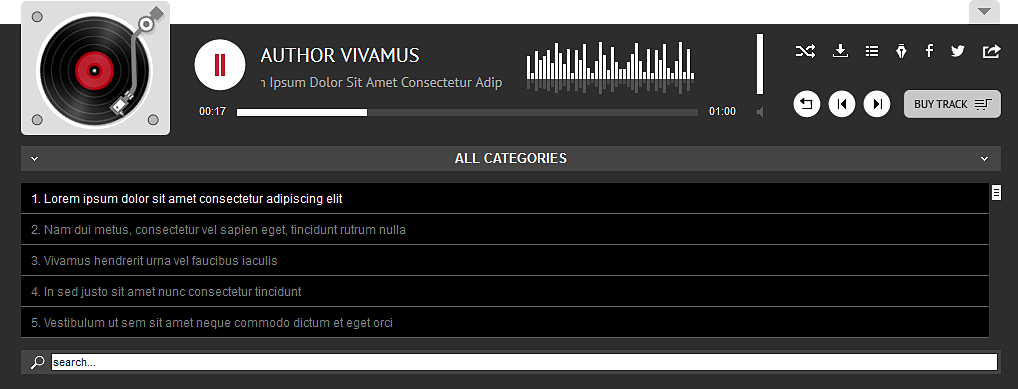
Specifies that the video should start playing at 60 seconds and play through the end of the video. Specifies that the video should play from the beginning through two hours. Specifies that the video should play from the beginning through 10.5 seconds. The time can be specified as a number of seconds (as a floating-point value) or as an hours/minutes/seconds time separated with colons (such as 2:05:01 for 2 hours, 5 minutes, and 1 second).Ī few examples: Specifies that the video should play the range 10 seconds through 20 seconds. To do this, append a hash mark ("#") followed by the media fragment description.Ī time range is specified using the syntax: #t= When specifying the URI of media for an or element, you can optionally include additional information to specify the portion of the media to play. (0) // Returns the number of seconds the browser has played MediaElement.currentTime = 122 // Seek to 122 seconds (0) // Returns the ending time (in seconds) (0) // Returns the starting time (in seconds)

var mediaElement = document.getElementById('mediaElementID') This returns a TimeRanges object listing the ranges of times that you can seek to. You can use the element's seekable property to determine the ranges of the media that are currently available for seeking to. Simply set the value to the time, in seconds, at which you want playback to continue. This is done by setting the value of the currentTime property on the element see HTMLMediaElement for further details on the element's properties. Media elements provide support for moving the current playback position to specific points in the media's content. The spec is quite unclear on the removeAttribute() scenario and setting a 'src' attribute to an empty string can cause an unwanted request (Mozilla Firefox 22).
#Using html5 audio and video download#
Here's a trick that stops the download at once: var mediaElement = document.getElementById("myMediaElementID") īy removing the media element's src attribute (or setting it to an empty string-it may depend on the browser), you destroy the element's internal decoder, which stops the network download.

While stopping the playback of media is as easy as calling the element's pause() method, the browser keeps downloading the media until the media element is disposed of through garbage collection. The first line fetches the first video element in the document, and the second calls the element's play() method, as defined in the nsIDOMHTMLMediaElement interface that is used to implement the media elements.Ĭontrolling an HTML5 audio player to play, pause, increase and decrease volume using some Javascript is straightforward. For example, to start (or restart) playback, you can do this: var v = document.getElementsByTagName("video") Once you've embedded media into your HTML document using the new elements, you can programmatically control them from JavaScript code. For details on media formats supported by different browsers, see Media formats supported by the audio and video elements. See Media events for a complete list of events associated with media playback. If the type attribute is specified, it's compared against the types the browser can play, and if it's not recognized, the server doesn't even get queried instead, the next source is checked at once. If none of the specified source elements can be used, an error event is dispatched to the video element. If the type attribute isn't specified, the media's type is retrieved from the server and checked to see if the browser can handle it if it can't be rendered, the next source is checked. If the browser supports Ogg video, but not the specified codecs, the video will not load. Here, we specify that the video uses the Dirac and Speex codecs. You may also specify which codecs the media file requires this allows the browser to make even more intelligent decisions: See also the list of media formats supported by the audio and video elements in different browsers. If the browser doesn't support Ogg video, the browser uses the MPEG-4 file.

This plays the Ogg video file in browsers supporting the Ogg format. Your browser does not support the video element. Multiple source files can be specified using the element in order to provide video or audio encoded in different formats for different browsers. "metadata" buffers only the metadata for the file.The preload attribute is used in the audio element for buffering large files.


 0 kommentar(er)
0 kommentar(er)
